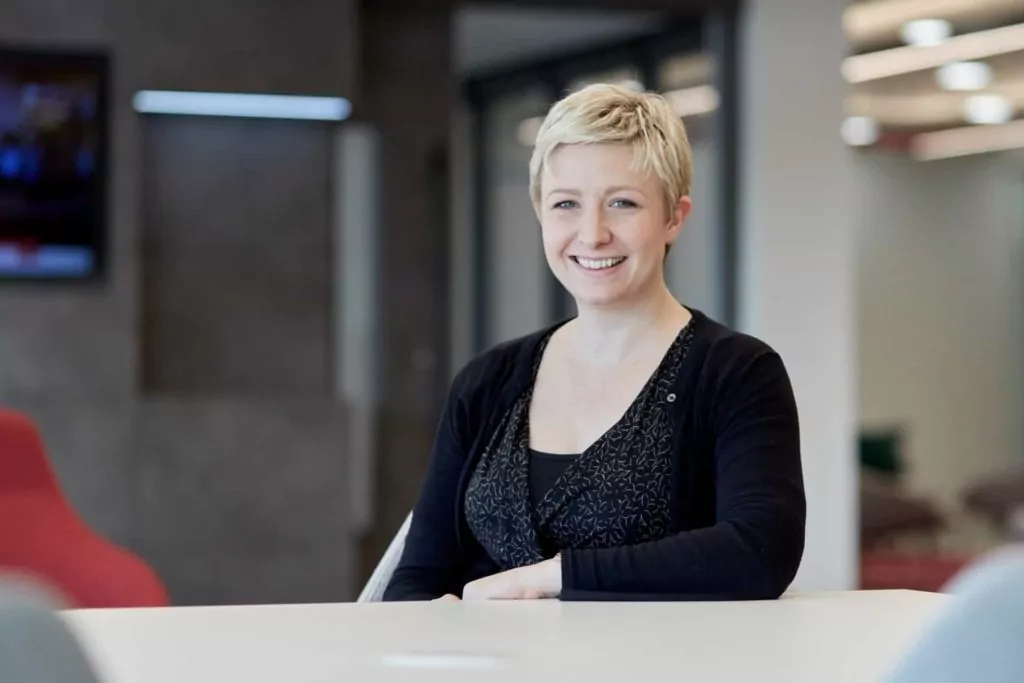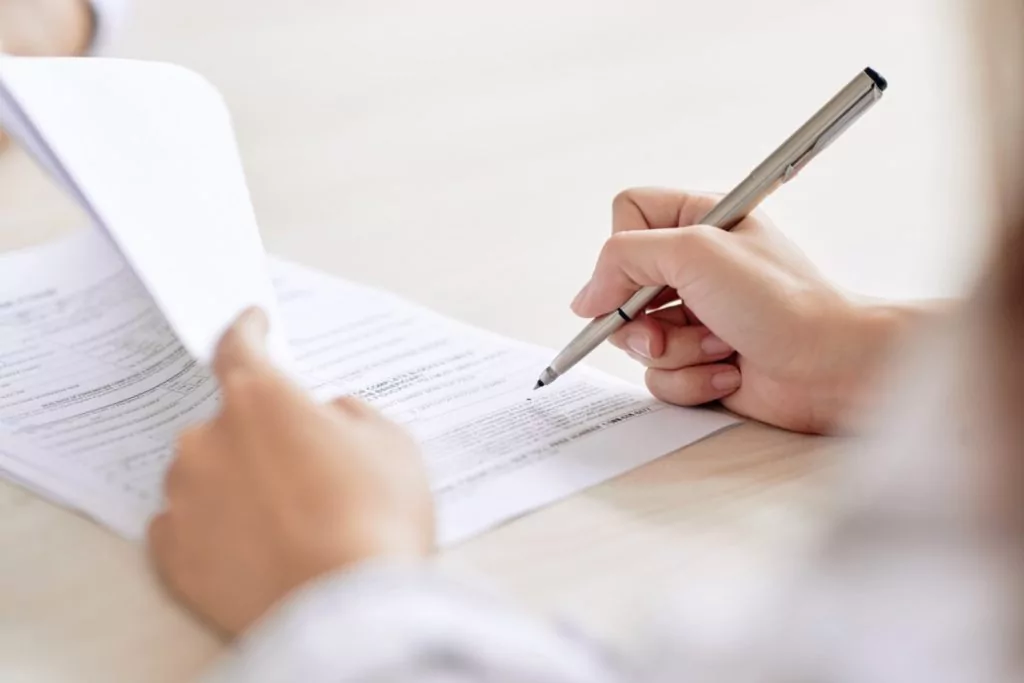
What is a patent?
A patent provides a monopoly right to prevent others from using an invention without the proprietor’s consent. The scope of that monopoly is set out in the claims of the patent.
The patent itself is a legal document which defines the invention to be protected and explains how the invention works.
A patent application is initially filed at the UK Intellectual Property Office for those companies and individuals based in the UK.
Patents are IP rights which generally protect a product or process which is new, inventive and capable of industrial application, provided it has not already been disclosed.
Patents protect technical or functional aspects of a new product or method.
In the UK, it is not possible to protect, for example, an aesthetic creation such as artwork or music, methods of doing business, performing acts, computer programmes and the presentation of information, as such. Generally, these things are protected in copyright, but it is worth seeking a professional opinion, especially where a computer programme is involved as sometimes we can find ways around these exclusions. It may be possible to secure patents for these excluded items in other countries.
Patents are territorial rights. For example, a UK patent will give you the right to prevent somebody from infringing your patent in the UK.
There are regional patents, such as a European patent, which cover multiple countries. Typically, certain criteria must be met as set by each territory.
Additionally, an applicant can apply for an international patent application or PCT (Patent Cooperation Treaty) application. This is a single application which has the effect of multiple filings in multiple jurisdictions. The international application then needs to be entered into each jurisdiction separately for further prosecution. It can sometimes save the applicant a reasonable amount of money by going down the international route rather than filing separate applications in the countries of interest.
Anyone, either alone or jointly with another. The entity applying for the patent must be a legal entity. This includes individuals, limited companies, and LLP’s but it does not include partnerships.
While anyone can apply for a patent, only an inventor, or somebody in preference to the inventor by way of an agreement or law can be entitled to the granted patent. If the applicant is not the inventor, the applicant would typically need to prove how they are entitled to the invention.
The most common means of entitlement is a company being entitled to the invention of an employee, where the invention was made as part of their job.
The priority date is the filing date of a patent application which first mentions the subject matter of the patent.
Any disclosure made available to the public before the priority date of the patent can be cited against a patent application. It is therefore very important that you do not disclose the invention before filing it without having a confidentiality agreement in place. Otherwise, you may invalidate your patent.
What amounts to a disclosure is set out below.
Applications filed by the same applicant 12 months after the priority date containing the same subject matter as the original application can be back dated to the filing date of the original application. This is useful when making applications in other parts of the world and you do not wish to incur the costs immediately to seek protection in other countries.
A disclosure is information made available to the public. To count as disclosure against a patent application, the disclosure must be enabling. To be enabling, a skilled person would need to be able to perform the invention from the disclosure and their common general knowledge without undue burden.
A patent expires 20 years after the filing date. In most territories, there is no requirement for the proprietor of a patent to use or perform the invention protected by the patent. However, if the proprietor does not intend to use it, the proprietor may sell the patent to another party like any other piece of property or license others to use the invention in exchange for licence fees rather than perform the invention themselves.
In most jurisdictions, once a patent application is filed, the application will undergo a search and examination to determine if it meets the criteria.
The UK Intellectual Property Office will determine whether an invention claimed in a patent application is novel and inventive over the prior art.
During this stage, they will issue at least one search report identifying relevant prior art, and at least one examination report setting out their reasoning as to whether they consider the patent to be novel and inventive in light of the prior art.
Responses to examination reports will typically involve amending the patent application and/or provide arguments against the objections raised.
Once the examiner is satisfied that the patent is allowable, it will proceed to grant.
Generally speaking, a patent application will be published 18 months from priority, or earlier if requested. Once the application is published, the public can view the application and the prosecution history.
The time between filing and grant can vary. Typically, grant will usually occur at around 3-5 years from filing. Where prosecution is accelerated, the application might be granted sooner.
Until a patent is granted in the UK, it will not be possible to enforce it.
Prosecution of a patent application can be accelerated in a number of ways.
In the UK, an applicant can request accelerated search, accelerated publication and/or accelerated examination.
Typically, the applicant will need to provide reasons for accelerating prosecution. An applicant may wish to accelerate the search so that that they get an idea of the prospects of the application being granted before filing overseas applications.
An applicant can request an accelerated examination for “green inventions” or if they can demonstrate a hardship. For example, the applicant knows of a potential infringer or grant is required to secure an investment.
Costs for a patent application can be difficult to predict. Generally, for a UK patent, there is a cost of approximately £3,000 to £4,000 + VAT at the start of the process for drafting and filing the patent application. Additional costs during prosecution can vary depending on the complexity of the case, but generally amount to another £3,500 + VAT spread out over the period up until grant.
In total, the cost is approximately £7,500 + VAT spread over 5 years with the majority being paid at the start.
Costs can increase significantly if you choose to file overseas applications. Typically, European and US applications based on a pending British application cost approximately £3,000 + VAT each to file.
A patent application can be withdrawn or allowed to lapse at any time before grant if continuing prosecution is no longer advantageous. In the UK, withdrawal takes effect once the request is received by the UK Intellectual Property Office.
However, to prevent an application from being published (and thus be made available to the public) an application must be withdrawn 5 weeks before publication in the UK/Europe or 15 days before publication in the case of a PCT application.
Once a patent has been granted, renewal fees will need to be paid to keep the patent in force. In the UK and Europe, renewal fees are generally paid annually. In the US, they are due 3.5, 7.5 and 11.5 years after grant.
The patent will then generally expire 20 years after the filing date.
It is possible to file a patent for an invention which, if performed, would infringe an earlier patent. For example, this may happen where you have invented a novel and inventive improvement over an invention already protected by a patent. This may result in a cross-licensing deal for both parties’ benefit.
The contents of published patent applications can be found on patent search engines, such as the EPO’s Espacenet service.
If you have reason to believe a third party is infringing your patent, contact your adviser.
Contact
If you'd like to find out more please get in touch with our expert team below
























